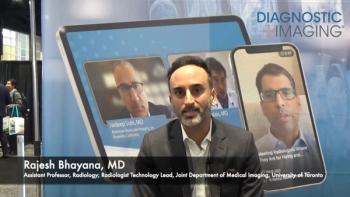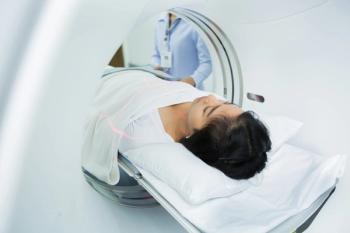
Report from CIRSE: Stent development depends on stronger R&D funding commitment
The landscape for new vascular stent development has been “featureless” since 2001 largely because of a lack of commitment to R&D by the medical device industry. The only way to reverse this trend is to invest heavily today to find the fundamental stent technology of the future, said Dr. Julio Palmaz in the Andreas Gruntzig Lecture at the 2007 annual meeting in Athens of the Cardiovascular and Interventional Radiology Society of Europe.
The landscape for new vascular stent development has been "featureless" since 2001 largely because of a lack of commitment to R&D by the medical device industry. The only way to reverse this trend is to invest heavily today to find the fundamental stent technology of the future, said Dr. Julio Palmaz in the Andreas Gruntzig Lecture at the 2007 annual meeting in Athens of the Cardiovascular and Interventional Radiology Society of Europe.
"What we can do to develop fundamental technology to promote consistent healing throughout the vascular system is to put a lot of money into the pursuit. The medical device industry needs to follow the example of industries, such as electronics, that have succeeded in following that formula," said Palmaz, a professor at the University of Texas Health Science Center, San Antonio, who is credited with the development of the first commercially successful stent.
Fundamental technology should address events at the molecular level that prevent endothelial cells from seeding across the entire stent surface, according to Palmaz. As he explained, gaps between chromium and iron on the surface of stainless steel elicit erratic and unpredictable seeding of endothelial cells.
This phenomenon may be the reason for the 30% restenosis rate with bare metal coronary artery stents, he said.
While drug-eluting stents are effective in small blood vessels where inflammation and proliferation are the key issues, they do not work in large vessels where lack of complete healing or tissue response leads to dislodgement and leaking, Palmaz said.
He thinks fundamental technology should promote healing across all vascular diameters. This may be accomplished by treating metal stents with nonadhesive background material in micron-size patterns to encourage growth and proliferation of endothelial cells. Another potential approach involves molecular imprinting polymers that may be used to capture on stent surfaces protein ligands that foster vascular healing.
"Where do we get the ideas [for developing a fundamental technology of stents]? They are all over the place. But you need the money and effort and inspiration to follow them," Palmaz said.
That is why he concluded his lecture by calling for the interventional scientific and clinical communities to demand more R&D from the medical device industry.
"The only way to create miracles is to pay for them," he said.
For more information from the Diagnostic Imaging archives:
Newsletter
Stay at the forefront of radiology with the Diagnostic Imaging newsletter, delivering the latest news, clinical insights, and imaging advancements for today’s radiologists.




























